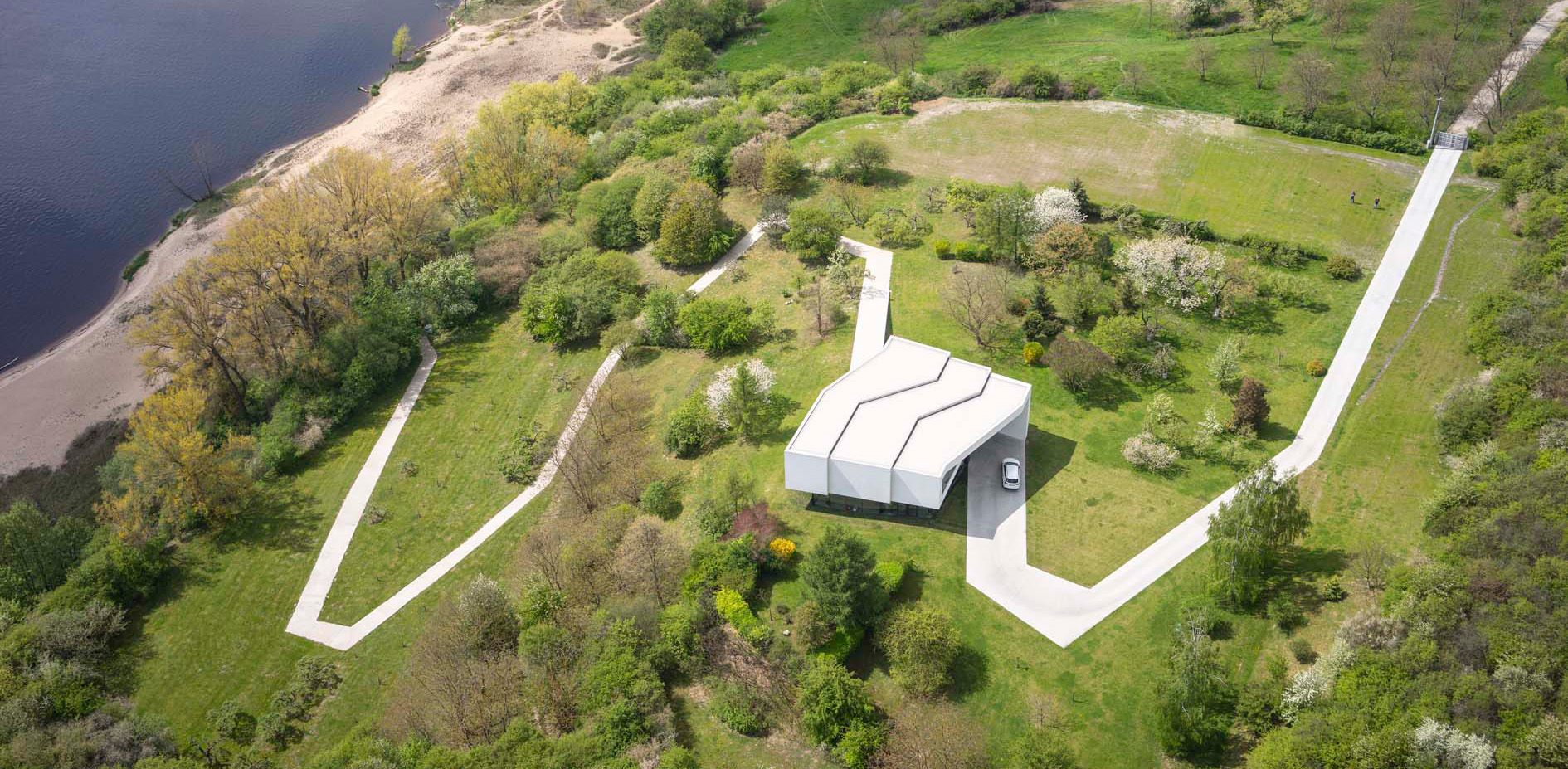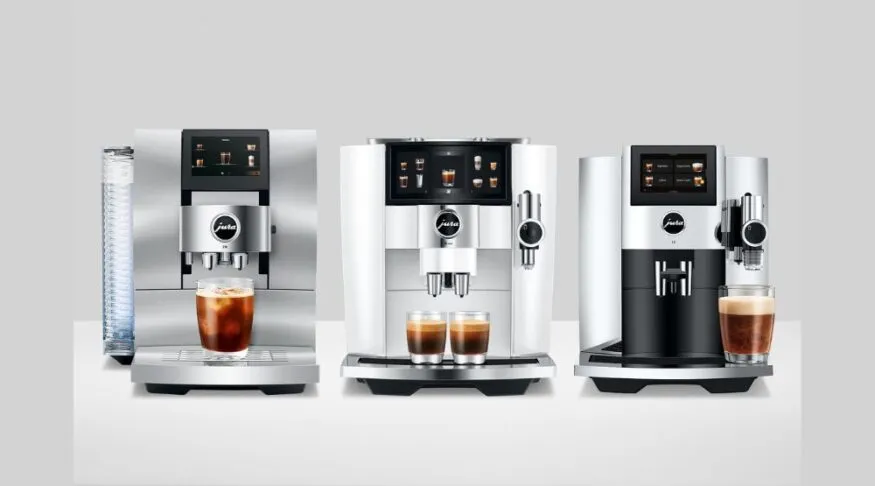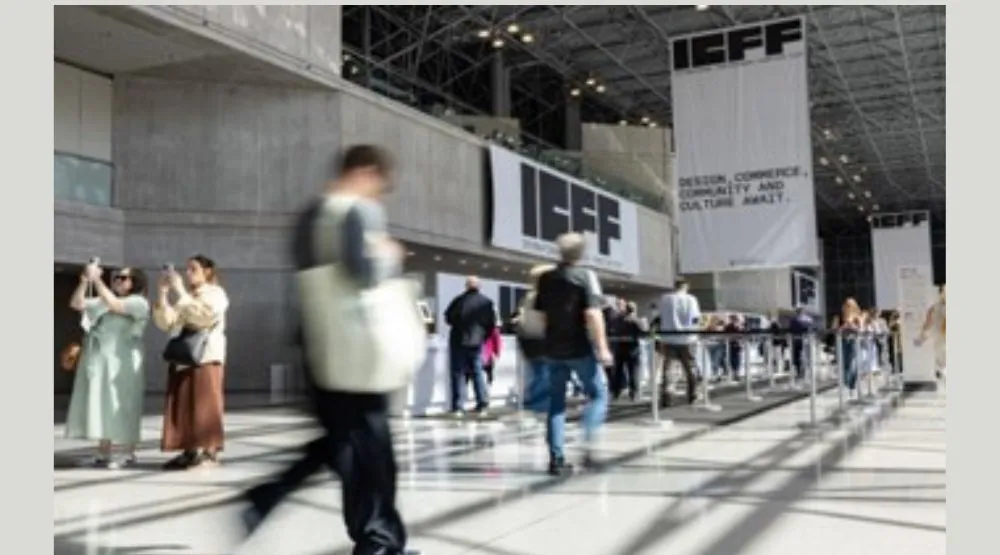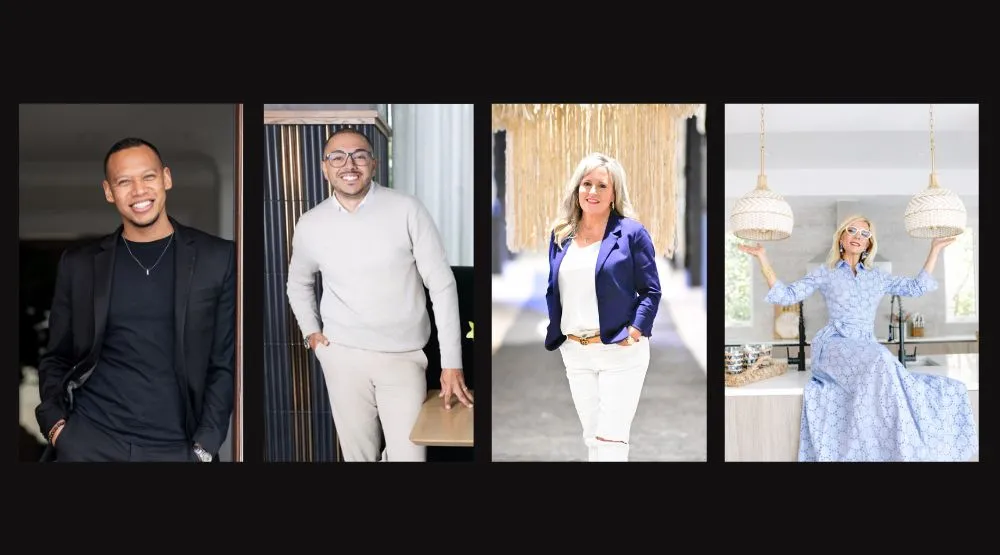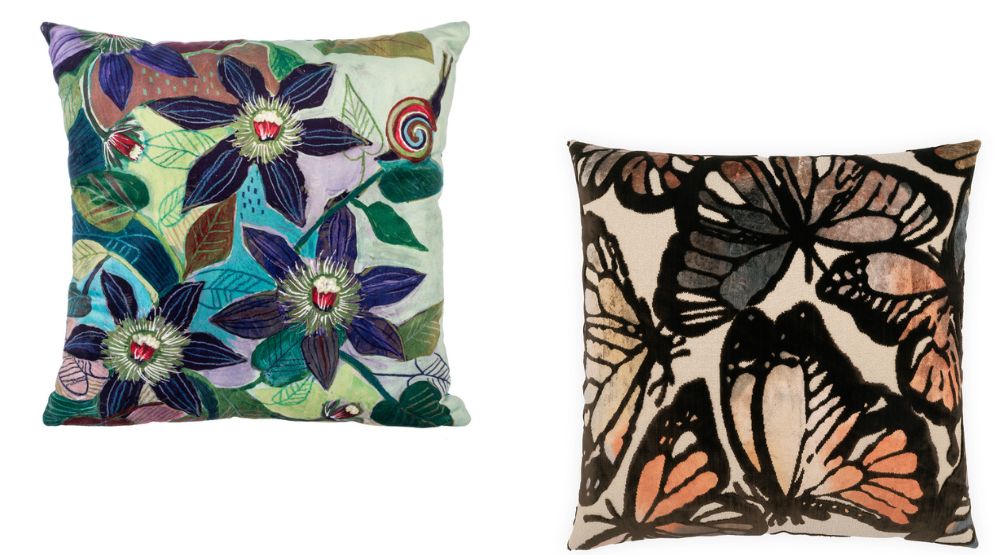Schaum Architects adapts Houston garage into "urban cabin" restaurant


Local studio Schaum Architects has used birch panels, colour blocking and strategic skylights to adapt a metal garage into a restaurant in Houston, Texas.
Schaum Architects (formerly Schaum/Shieh) converted a wood-framed, gable-roof metal shop into an upscale, neighbourhood eatery.
Opened in March 2025, Camaraderie is the brainchild of award-winning chef Shawn Gawle, and his first brick-and-mortar restaurant, located in the Houston Heights neighbourhood.

Set amongst bungalows and Victorian homes in a pedestrian-friendly area of the city, the 75-seat restaurant fits into a 1990 corrugated metal building, updated with grey and blue paint and a fresh interior. Structural metal canopies, lighting and a graphic sign adorn the pared-down exterior, while a 400-square-foot (37-square-metre) covered patio extends the roofline along the street.
On the interior, the team retained the existing wood trusses and concrete slab, but wrapped the walls, ceiling and built-in banquette seating with birch that warms and lightens the space.

"Perforated, painted metal panels at the bar speak to the metal panel exterior while plaster walls by a local artisan add a handmade touch," the studio told Dezeen.
Principal Troy Schaum said that Gawle wanted to create the sense of warmth present in a mountain retreat, despite the cosmopolitan location, to make guests feel invited and comfortable.

"That tension between informality and refinement led us to look at refined Swiss chalets and Japanese ryokans," Schaum said. "This was part of a kind of 'urban cabin' logic that drove the design of the dining room."
Light washes down the white metal trusses and soft wood panels through three skylights cut into the gable.

"The high vaulted ceiling, with skylights slotted between suspended wood ceiling panels, lends drama to what appears from the outside to be a modest building," Schaum said.
The layout was driven by a vision for an open kitchen where each space has a view of the food preparation but holds a different atmosphere.
"We treated the kitchen as a stage with the front pass, where Chef Gawle preps and places final touches on dishes, acting as the proscenium,” the studio said, noting the large butcher block counter that divides the front- and back-of-house spaces. "A series of frame-like thresholds loosely separate the kitchen, dining room, bar and patio."
Moveable wine storage shelves double as planters that divide the main dining room from the bar and lounge space, which is characterised by a navy ceiling and a circular bottle shelf feature.

"Shawn cooked for us before we started designing, and it was clear from that moment on that he wanted to create a space to serve exquisitely conceived and executed dishes, but generously and in an environment that felt unpretentious," Schaum said.
Other recent restaurant projects in Houston include a jewel-toned Latin-Mediterranean restaurant by Gin Design Group, a seafood restaurant with dark wood and green finishes and a cosy Japanese restaurant with patterned wallpaper – both by the Office of Michael Hsu.
The photography is by Leonid Furmansky.
Project credits:
Architect: Schaum Architects
Structural engineer: H2B Engineering
MEP engineer: GK Engineers
Lighting supplier: Lighting Associates Inc (LAI)
General contractor: Course Construction Group
Restaurant owner: Shawn Gawle
Building owner: Re:vive Development
The post Schaum Architects adapts Houston garage into "urban cabin" restaurant appeared first on Dezeen.










![Tanpopo Restaurant / TRAIL [practice]](https://images.adsttc.com/media/images/6942/797e/c3f4/d500/0127/6d68/medium_jpg/1497_TANPOPO___Margarita_Nikitaki_3000px.jpg?1765964192#)












